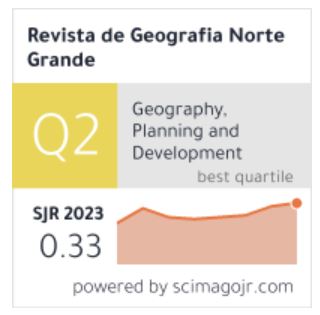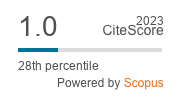Evolución geomorfológica cuaternaria del Alto Ebro: sector cuenca de Miranda (España)
DOI:
https://doi.org/10.4067/S0718-34022016000100011Palabras clave:
Cuaternario, terrazas fluviales, glacis, derrubios de vertienteResumen
El análisis sedimentológico, morfoestratigráfico y cronológico de los sedimentos ha permitido establecer la evolución geomorfológica de la cuenca de Miranda. Existen 5 niveles de terrazas del río Ebro, un nivel del arroyo San Miguel, 2 niveles de glacis y varios derrubios de vertiente. Las terrazas T4 y T5 se datan por luminiscencia en 13 y 10 ka. Las terrazas T1, T2 y T3 se datan en 191 ka, 109 ka y 70 ka. Los restos del arroyo San Miguel se remontan al Pleistoceno Inferior. El glacis G1 se data en 70 ka y el G2 en 13 ka. Los derrubios de vertiente datan del último máximo glaciar. Los datos muestran un sistema geomorfológico activo durante las etapas glaciares. En el Ebro también se produjeron fases sedimentarias durante etapas interglaciares pero de carácter diferenciado. La incisión fluvial ocurre durante las etapas de transición climática y en el piedemonte durante las interglaciares.







